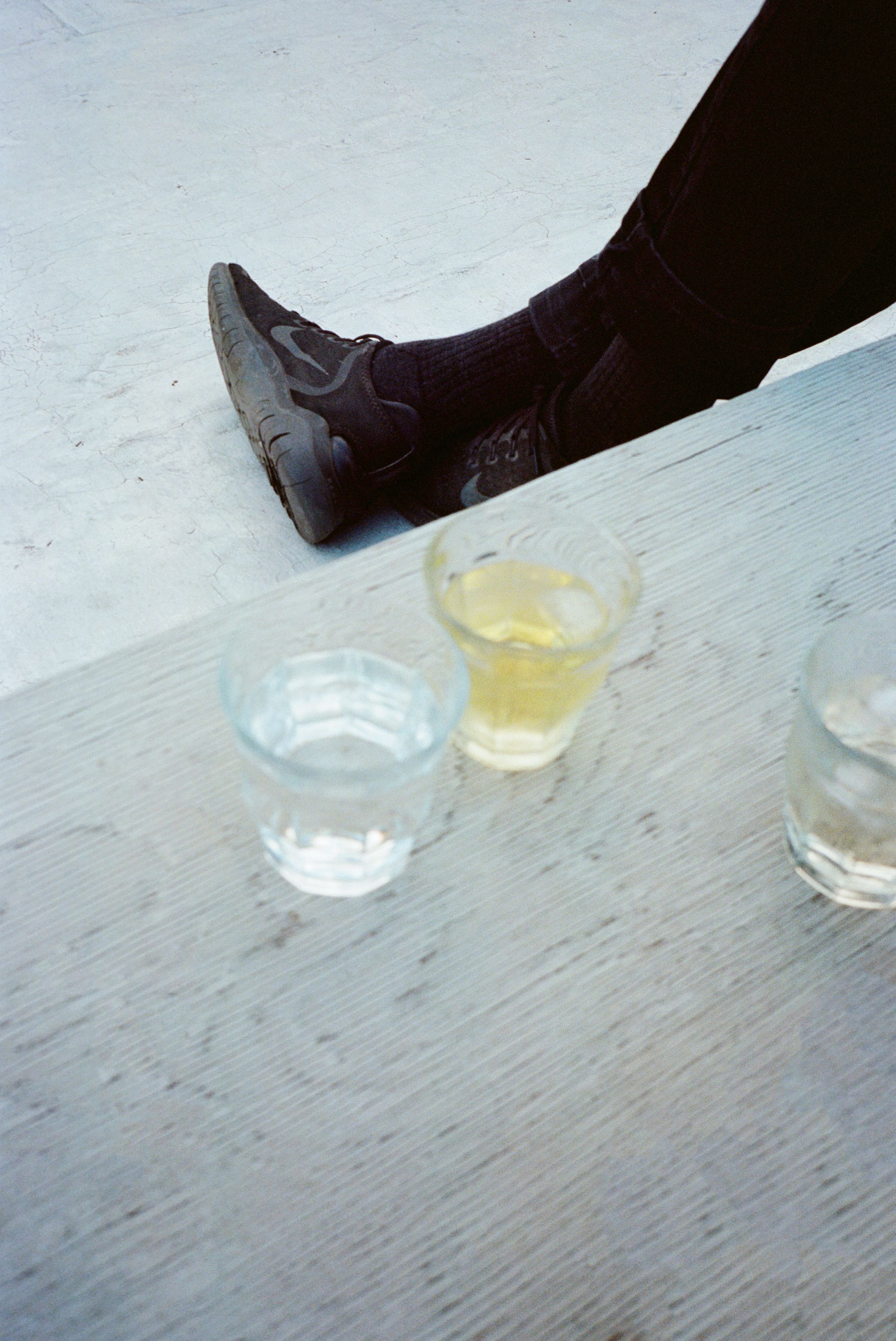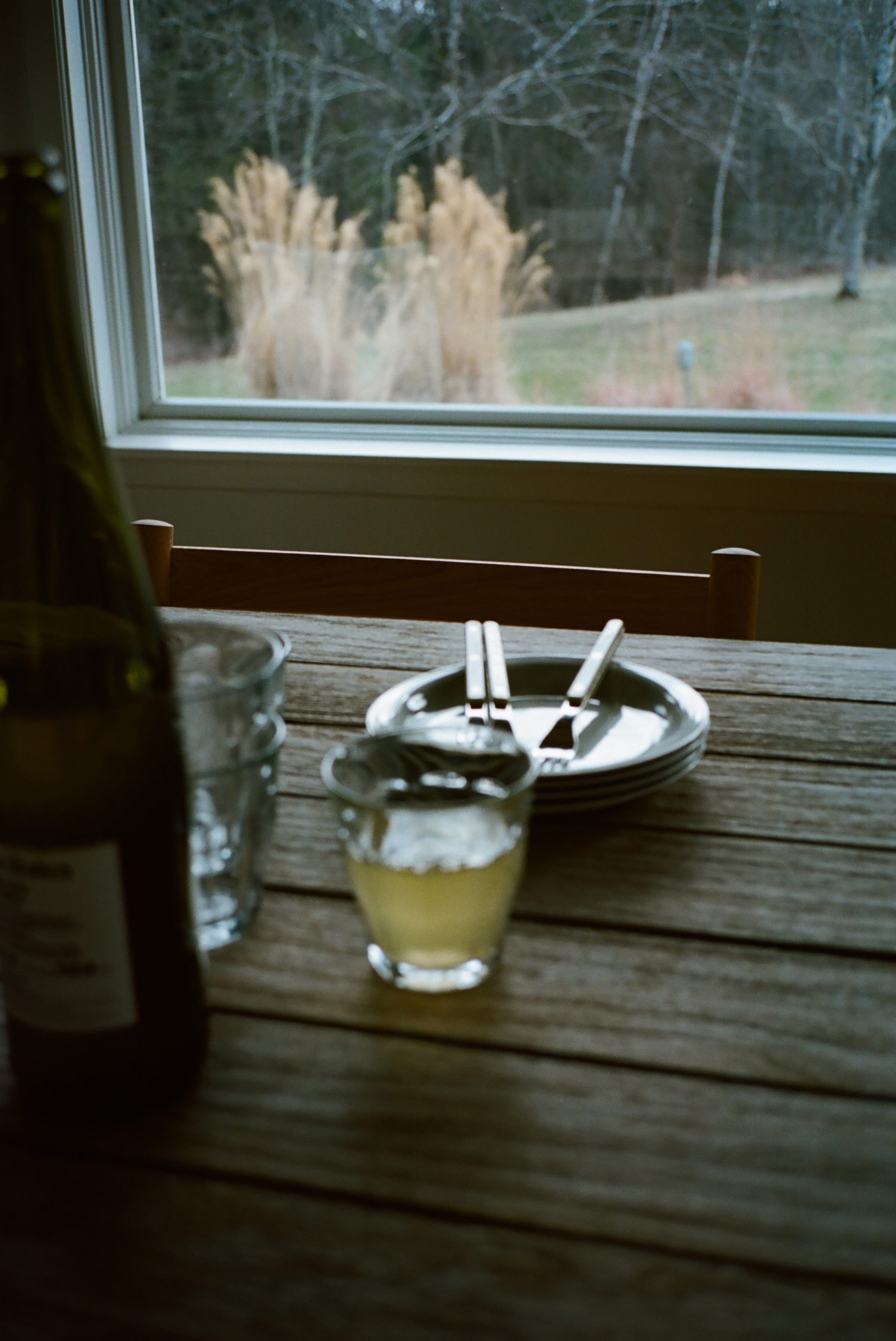Duralex Glasses
For this entry I wanted to devote some time to talking about one of our favorite glasses, the Duralex Picardie Tumbler, also known as the ‘bistro glass’.
I grew up with Duralex glasses, and from the many objects that filled my childhood apartment, these are one of the ones that I’ve taken with me into my adult life. My first set I took from the back cupboard in my parents’ kitchen and brought to college. I always liked how they felt in my hand, the weight and the scalloped sides, and the shape reminded me of a tulip or upside down bell. I still use them every day.


Duralex’s bistro glasses originated in 1927 mainly for coffee and wine in Parisian bistros. The design was meant to evoke a traditional type of wine goblet, while the exclusion of the stem was more practical and casual for a busy service. The scalloped shape makes the glasses very easy to hold, and easy to stack. Duralex produces all of their glassware in France, and as far as we know they’re the only French company that still does.
This glass is one of those designs that easily folds into different environments, time periods, and sensibilities. It’s not so minimal that it feels incompatible with the joy of eating and drinking, but not so adorned that it can’t blend in. It gives more ornate environments some stability, and more contemporary environments nuance. And like all tableware that I love, it makes food and drink look great.

Glass is one of the more recyclable materials, which makes it ideal for products that are daily staples in our homes, where a few will inevitably break. They’re made of soda-lime glass, which is composed of sand, soda ash, and limestone, all sourced nearby Duralex’s factory. Like recycling in your home, one beautiful advantage of glass manufacturing is that the ‘seconds’, or pieces produced with small defects that cannot be sold, can simply be remelted in the furnaces.
The glass is also tempered, meaning that it is heated to over 1100 degrees Fahrenheit and cooled rapidly, aligning the glass particles in a way that increases their durability and ability to hold hot drinks, something that’s riskier with other glasses. I don't know how many times I've dropped them without them breaking.
I like that they don’t feel precious, and the way they get gently scratched up after years of happy use; the edges get a little softer over years, areas get slightly shrouded with litter overlapping marks, showing signs of all your past meals and dinner parties, getting better and better and more familiar.
Christina